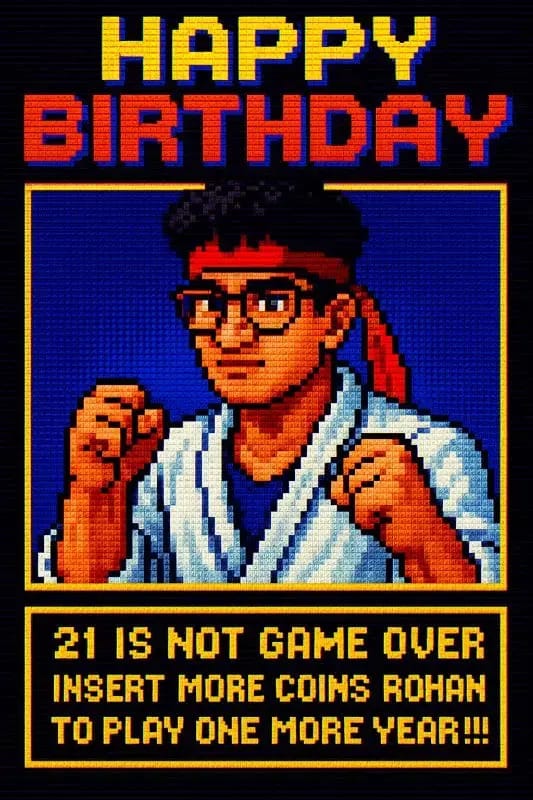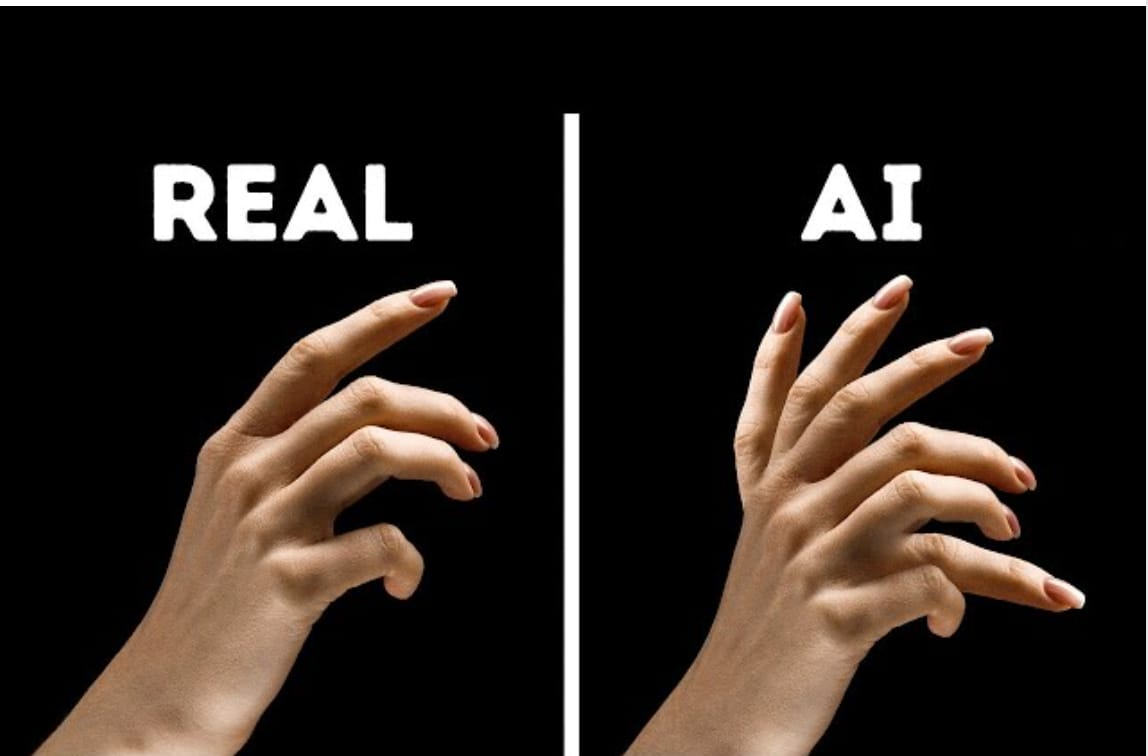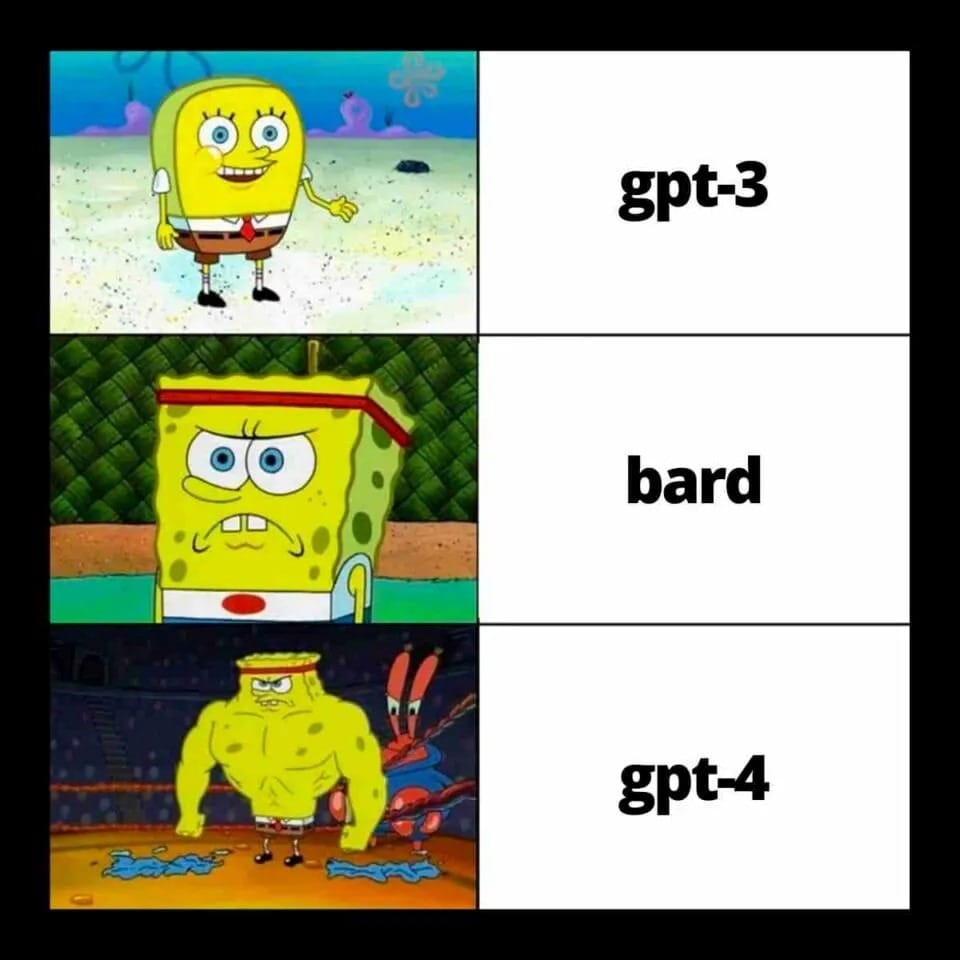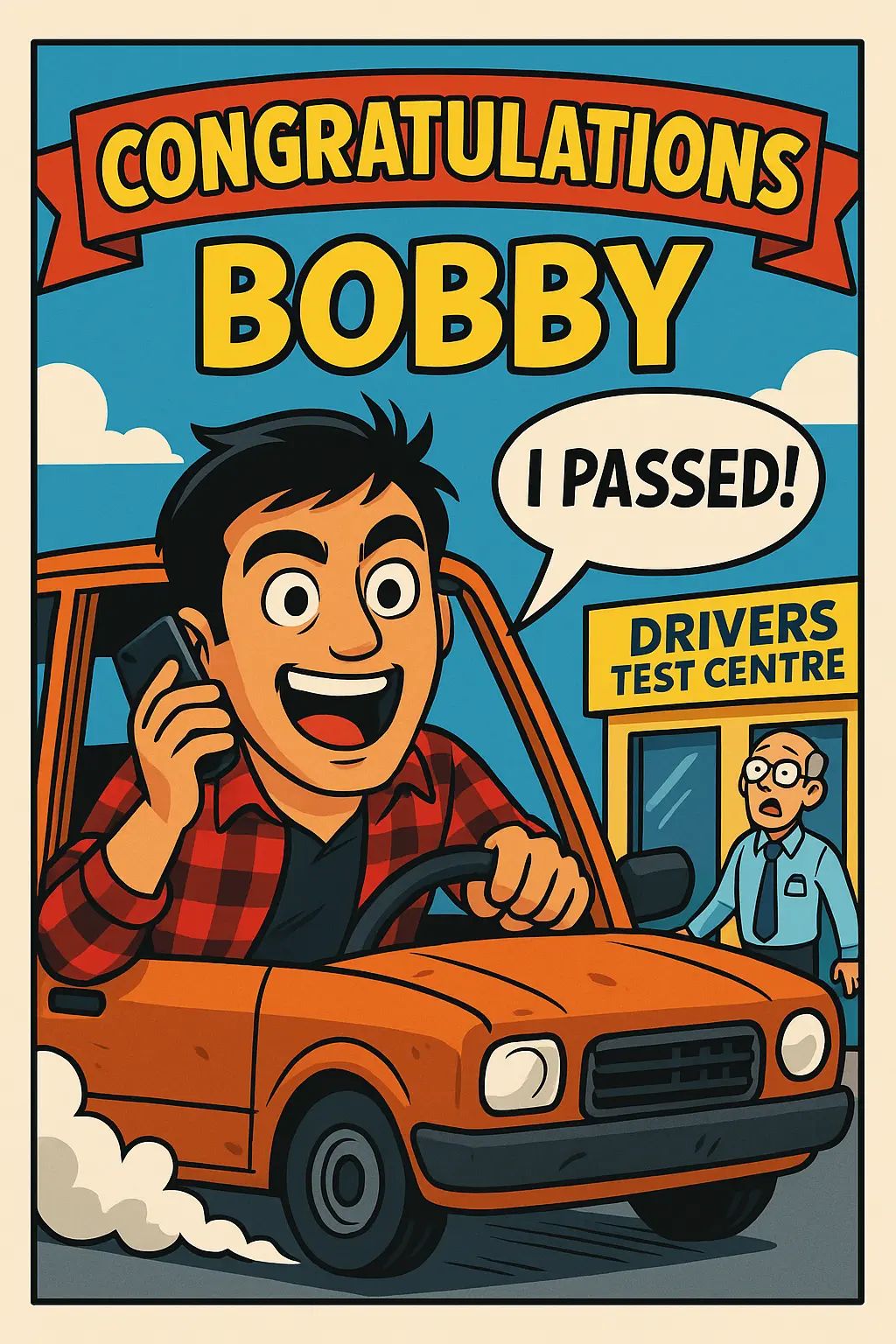- Needs To Exist
- Posts
- He Built the Most Personal AI Greeting Cards on Earth
He Built the Most Personal AI Greeting Cards on Earth
It’s the weekend. Perfect time to romanticize your ideas… and maybe, actually build one.
That’s the spirit behind It Exists, real stories of people who went from “this could be cool” to “it’s live.”
No gatekeeping. No growth hacks. Just execution.
We built NTE Pro to give you 4,000+ startup ideas that nudge you to start. And NTE Zero to One for when you're ready to move, with help from us to get your MVP live fast.
Now here’s your weekly dose of proof that you don’t need permission to ship.
Let’s dive in.
Bob Sheth is 52.
He’s not some VC-backed wunderkind.
He’s just a guy who’s been building on the internet for 20 years…
and he just shipped one of the most unexpectedly delightful uses of AI we’ve seen.
It’s called JeniCards, an AI greeting card generator that lets you create absurdly personal cards in seconds.
The kind that make people laugh, feel seen, and say, “Wait… how did you make this?”
And the wildest part?
He didn’t write thousands of lines of code. He prompted it into existence.
Like a project manager leading a team of invisible, sleep-deprived genius devs.

It Started With Fingers in the Wrong Places
He’s been shipping things online since 2007, most notably a forum for expats that reached 1.5 million monthly visitors and eventually sold to a major network.
But this one? It started in a weirder place.
A couple of years ago, Bob was experimenting with Stable Diffusion to make custom greeting cards for friends.
The images looked hilarious. And horrifying.
“Extra limbs. Mangled fingers. Just absolute chaos,” he says.
But the core idea stuck:
What if you could make deeply personal cards with AI… that actually looked good?

Then GPT-4 Image Models Hit
He didn’t jump straight in.
“I wanted to build this for six months but the models weren’t there yet.”
Then OpenAI dropped GPT-4’s image generation API.
He tried it. And suddenly, the mangled fingers were gone. The cards looked good. Really good.
“That model was a game changer. Many big businesses will be built on top of this.”
He started building.
With Windsurf. Then Claude Code.
And about £300 in API credits.
A month later, JeniCards was live.
Not perfect. But working.

Lesson 1: Track the Tech — Then Strike
A lot of people build whatever they can with whatever tools are available.
Bob flipped it.
He tracked the tools first and waited to build until the moment was right.
He tested models like Flux Kontext (cheap, but underwhelming) and knew instantly when GPT-4’s image API was the one.
“The unlock for your next big thing might just be a model update away.”
New capabilities = new opportunities.
The builders who ship fast are often the ones who were already watching.

Lesson 2: You’re Not Coding — You’re Managing
Bob doesn’t romanticize “vibe coding.”
He’s not trying to be a dev.
“I’m not a coder. I don’t want to be a coder,” he says.
“The game is project management.”
So he built his own AI-powered kanban board inside Claude.
Using file system folders, each task became a “ticket.” Claude asked follow-ups, cleaned up specs, wrote code, and moved the file through a To Do → Doing → Done flow.
He even prompted Claude to summarize progress and update its own to-dos.
“It’s like having a junior dev and a project manager rolled into one. No arguing. No burnout.”
This is the future for non-technical founders:
Structure the work. Lead the machine. Let AI do the heavy lifting.

Lesson 3: Your Prompt Is the Product
JeniCards isn’t just an app. It’s a prompt engine dressed as a product.
Every card takes half a day to design, not visually, but semantically.
Massive, 1–2 page prompts that include dynamic variables, post-processing rules, and logic like:
“If the user is turning 30, convert that to ‘Happy 30th.’”
It’s a delicate dance between creativity and logic.
Bob’s proud of it and planning to automate that entire prompt creation process as the models catch up.
“When AI improves, I’ll build agents that semi-automate the prompt creation. That’s the next level.”

Lesson 4: People First - Profit Can Wait
Bob didn’t launch with a pricing page.
He launched with a smile.
Because when something brings people joy, the business model finds you.
Still, he’s exploring multiple paths:
Paid credits for premium cards
Ad-supported free use
A corporate/HR version (yes, companies spend a lot on birthday cards)
A future version that lets users animate the cards using models like Kling
Some of those animations already exist. And when they work, they’re magic.

The Cards That Get People Talking
Bob sends JeniCards to everyone he knows.
Friends. Family. Even a few influencers (who ghosted him, “maybe a line was crossed,” he laughs).
But the people who matter? They loved it.
They laughed. They lit up.
Because these aren’t boring template cards. They’re weird, warm, and way too personal to ignore.

JeniCards Got Noticed
Bob wasn’t planning a big launch.
But a few days after shipping, JeniCards got picked up by Lenny Rachitsky’s newsletter in a roundup of 50 unique AI projects.
And that drove real users:
50 signups in the first couple weeks. 30 cards sent.
It’s not viral. But it’s real.
And it’s growing.
Bonus: Bob’s Stack for Non-Coders
Want to build without being a dev? Here’s Bob’s go-to stack:
Claude Code Opus 4 for intelligent prompting
And use this simple loop:
Brain dump into a folder → prompt Claude to clean and scope it → auto-create a ticket → answer questions → review build.
Bob’s system builds the system. That’s the magic.
What You Can Learn From Bob
🧠 Prompting is the product.
Sometimes the real work isn’t in the code. It’s in the prompt and how you shape it, debug it, and remix it until it feels magical.
🧑💼 You’re not a coder. You’re the PM.
Manage the machine. Build systems that let AI build for you.
🚀 Track the tech drops.
Your next product might be impossible today. But not next month. Stay close to the frontier.
💌 Delight first. Monetize later.
Bob didn’t wait for a perfect model or business plan. He just started sending weird, wonderful cards to friends.
📈 Launches don’t need to be big.
If you make something people love, they’ll talk. Lenny did.
Try JeniCards and Support the API Fund
👉 Send a free card at JeniCards.com
👉 Buy credits if you like it (OpenAI isn’t cheap)
👉 Follow Bob Sheth for more builds
Bob’s just getting started.
He’s experimenting with animated cards.
He’s dreaming up a bot-based social playground where AI personalities reply to your posts with intelligence or chaos, depending on their mood.
“If anyone wants to work on this… contact me. I think it needs a team.”
So here’s the deal:
If you’ve got a half-baked idea, a random shower thought, or nothing at all yet…
✨ We’ve got 4,000+ startup ideas waiting inside NTE Pro.
🛠 And with NTE Zero to One, we’ll help you build one. Fast.
You don’t need a big vision.
Just a spark. And a browser.
Let’s make it exist.